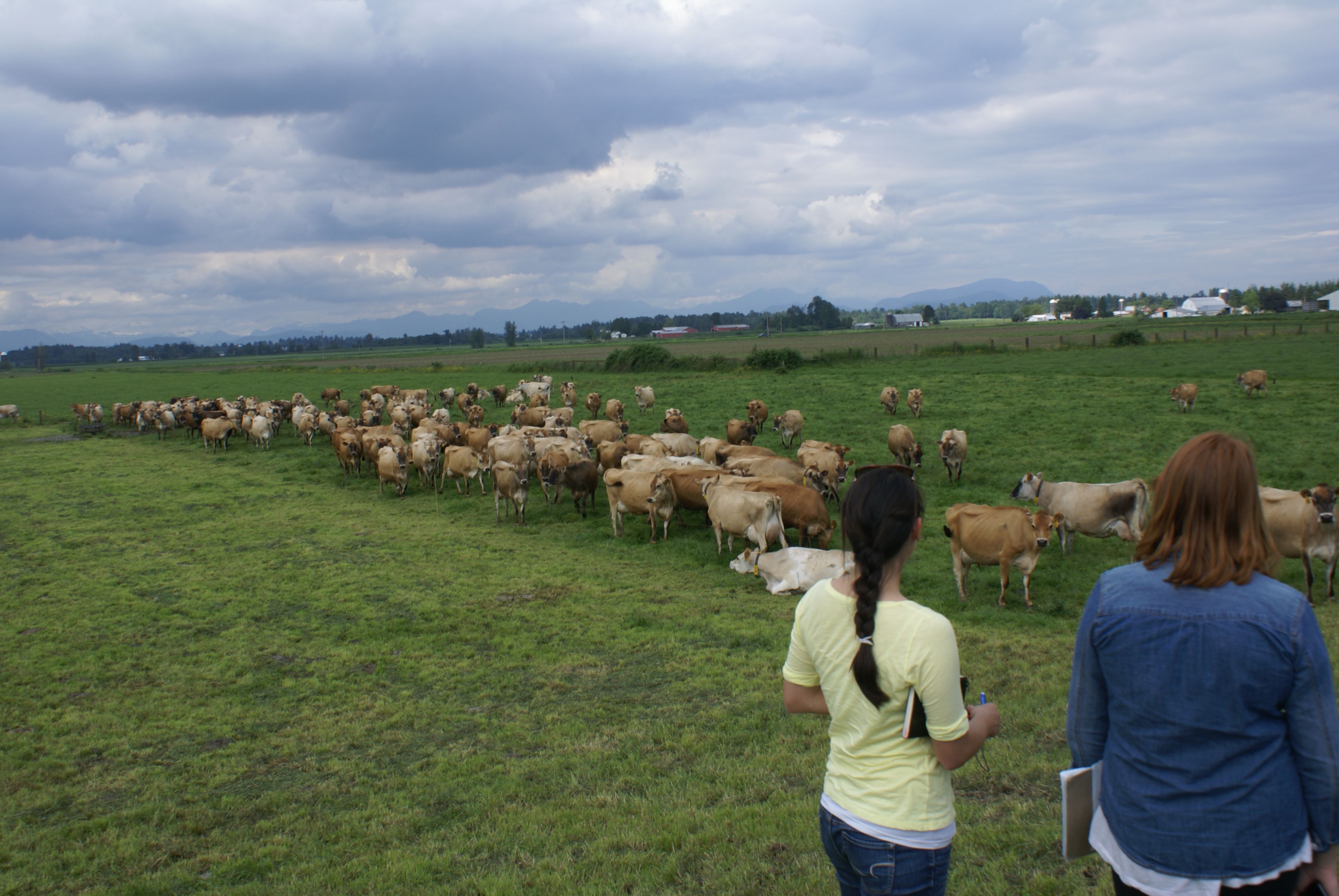Home Page
Requirements
Course Schedule
Discussion Board
Email the Class
READINGS
Introduction
Forest General
Forest Local
Forest Post-Trip
Aquaculture Ecology
Aquaculture Politics
Aquaculture Local
Dairy General
Dairy Local
Dairy Post-Trip
FIELD TRIPS
Forest Products
Aquaculture
Dairy
ESSAY
ASSIGNMENTS
Forest Products
Shellfish
Dairy
|
|
Essay Assignment for the Forest Resources Unit
Due 5:00 p.m. Monday, April 24
Write 1500-2000 words on one of the following topics:
A. It is clear from our readings, lectures, and field trip that forests have multiple uses (wood products, energy, and a variety of ecosystem services), and that these uses are often in conflict with each other. It is also clear that these conflicts are not just scientific and ecological, but also political. Given what you know about the Eastside or dry side forests of Washington and Oregon, what principles would you use to design a policy for balancing these different uses of forests? You do not need to develop a plan, but rather you need to set out the ecological, economic, and cultural uses of these forest lands, the particular stakeholders that are likely to favor particular uses, and the overall costs and benefits of emphasizing one use over another for sustainability and resilience at the system scale.
B. A lot of management and planning for forest lands depends on understanding the past history of such lands (as the USFS has done at the national scale, Hessburg and Agee have done for the Eastside forests in general, and the Yakama Nation has done for its own forests), and then projecting how this history might inform what we expect to happen in the near future (as the USFS did in its Future of America's Forests and Rangelands report and the Yakama Nation has done with its own Forest Management Plans). There are many potential pitfalls with such a strategy, including incomplete historical knowledge, the hypothetical nature of scenarios, the general unpredictability of the future, and the tendency of managers to follow plans less adaptively than they might. Analyze each of these (and other) weaknesses of this strategy of planning as it applies to the Eastside forests. Then consider whether there is any alternative: if so, what is it, and if not, why not?
C. In recent years, scientists, historians, and managers have come to appreciate that traditional land managers, including native peoples who manage according to traditional ecological knowledge (TEK), have often managed natural resources in more sustainable or resilient ways than have professional managers. At the same time, not all the situations of forest management that we now face (see, for example, the USFS report, the Yakama forest management plans, and your field trip notes) have precedents in traditional knowledge and the practices associated with it. For the Eastside forests, what and how should managers and the public learn from traditional management by Native Americans, and in what aspects of forest management (ecological, economic, and cultural) is there not enough relevant Native experience that can be applied, and why not?
D. We will never know how much of the Yakama Nation forests would have been spared from the Cougar Creek Fire if the firefighting team had acted differently. However, it is clear that at some point, resources that could have been used to fight the fire on an off the Yakama Reservation were devoted instead to endangered homes near Lake Chelan and elsewhere. The point of this assignment is not to second-guess the firefighters or their tactics, but to think about the tradeoffs involved in saving an important tribal resource vs. saving private homes. What ecological, economic, and political forces impinge on this kind of a decision, and if you were in charge of allocating limited resources to one or the other, how would you consider these forces in making your decision? Finally, you might want to reflect on why decision-makers might be faced with this kind of tradeoff in the first place.
Essays should be between 1500 and 2000 words in length, not counting bibliographic references. You may use any style (footnotes, endnotes, or embedded author and date) for references, as long as it is clear where you have gotten your information. Quotations should always be referenced, as should any information that is taken explicitly from a given source.
|





